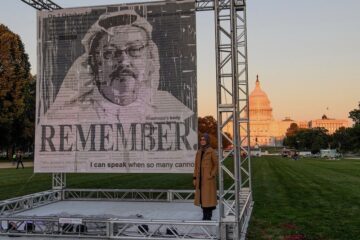Guest post by Engr. Benjz Gerard M. Sevilla (Plans and Policy Development Division, DICT / Fellow, APrIGF 2018).
The recently concluded Asia Pacific Regional Internet Governance Forum (APrIGF) 2018, held 13 – 16 August at Port Vila, Vanuatu, centered on the theme Empowering Communities in Asia Pacific to Build an Affordable, Inclusive, Open and Secure Internet.
In the forum, the Department of Information and Communications Technology (DICT) highlighted its partnership with the Internet Society (ISOC) to co-develop the National ICT Ecosystem Framework (NIEF) 2022 of the Philippines in a multi-stakeholder approach, to analyze issues surrounding the use and application of ICT in various sectors of society including health, education, transportation, governance, and of course, connectivity, among many others.
Digital transformation is here, and here to stay. Governments and stakeholders must unlock the potential of hyperconnectivity and embrace innovation while at the same time ensuring progress is inclusive and sustainable. Case in point, around 50% of the world internet users are in Asia Pacific (APAC); however, less than 50% of APAC population is connected to the internet – there lies this urgency to bridge this growing digital divide, not only within the region but also in the country.
Dr. Vinton Cerf, regarded as the Father of the Internet for having developed TCP/IP – the very core of internetworking, delivered his keynote remarks, strikingly aweing everyone by saying “…the Internet is an unfinished business.” Following this, in the Community Networks session, the DICT noted that challenges on last mile connectivity are key considerations for countryside development, partially due to market competition and technological underpinnings of spectrum audit, as well as its reassignment for rural internet and local community networks.
Identified in NIEF 2022, community networks are strategic towards providing connectivity and stimulating demand in areas unserved or underserved by telecommunications companies – after all, connectivity serves as a social mobility platform for the digital economy.
In APrIGF 2018, one of the key points was the undeniable need to connect innovation hubs – through new and emerging technologies, by building community networks in adherence to existing regulatory regimes. Part and parcel of the initiative is TV White Space (TVWS) by means of utilizing the unused TV frequency bands for mobile broadband deployment and opportunistic connectivity, especially useful in times of disaster, but may also find practical use for day-to-day communications. TVWS as a complement to commercial broadband deployment is poised to stimulate innovation by achieving economies of scale and scope.
For the duration of the conference, a remote participation hub was set-up in Quezon City by DICT in cooperation with ISOC Philippine Chapter and Foundation for Media Alternatives (FMA) as a venue for local stakeholders to gather and hold in-country discussions synthesizing topics from APrIGF 2018. Representatives from civil society, academe, technical communities and the government were present in the Philippine hub.
With the DICT Vision 2020 of making the benefits of Internet be felt by the Filipino citizens, by building community networks as models of inclusive internet infrastructure, a wide array of opportunities await.
![]()



0 Comments